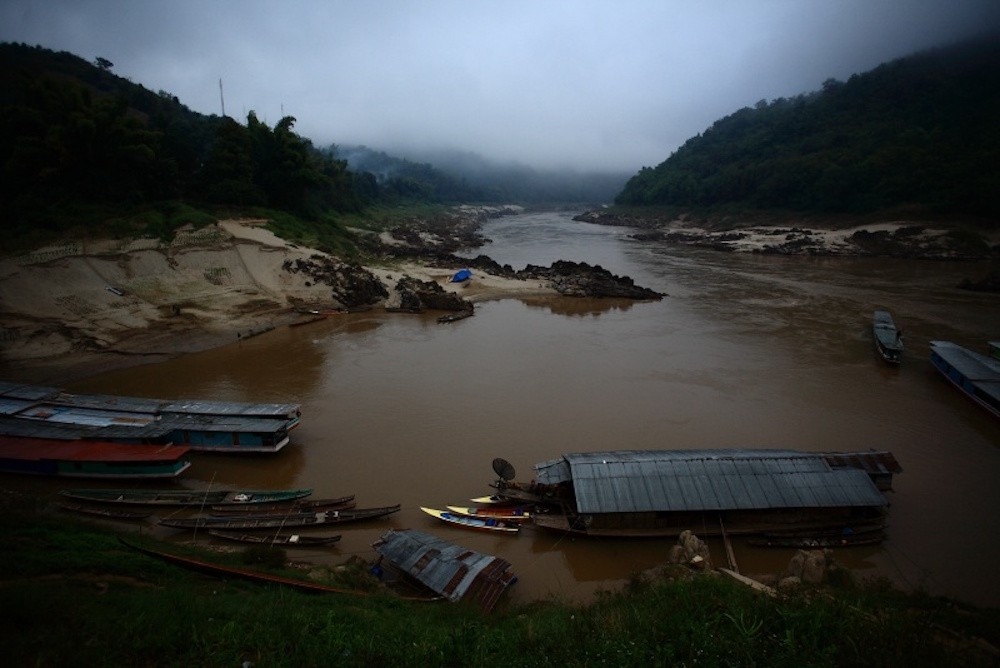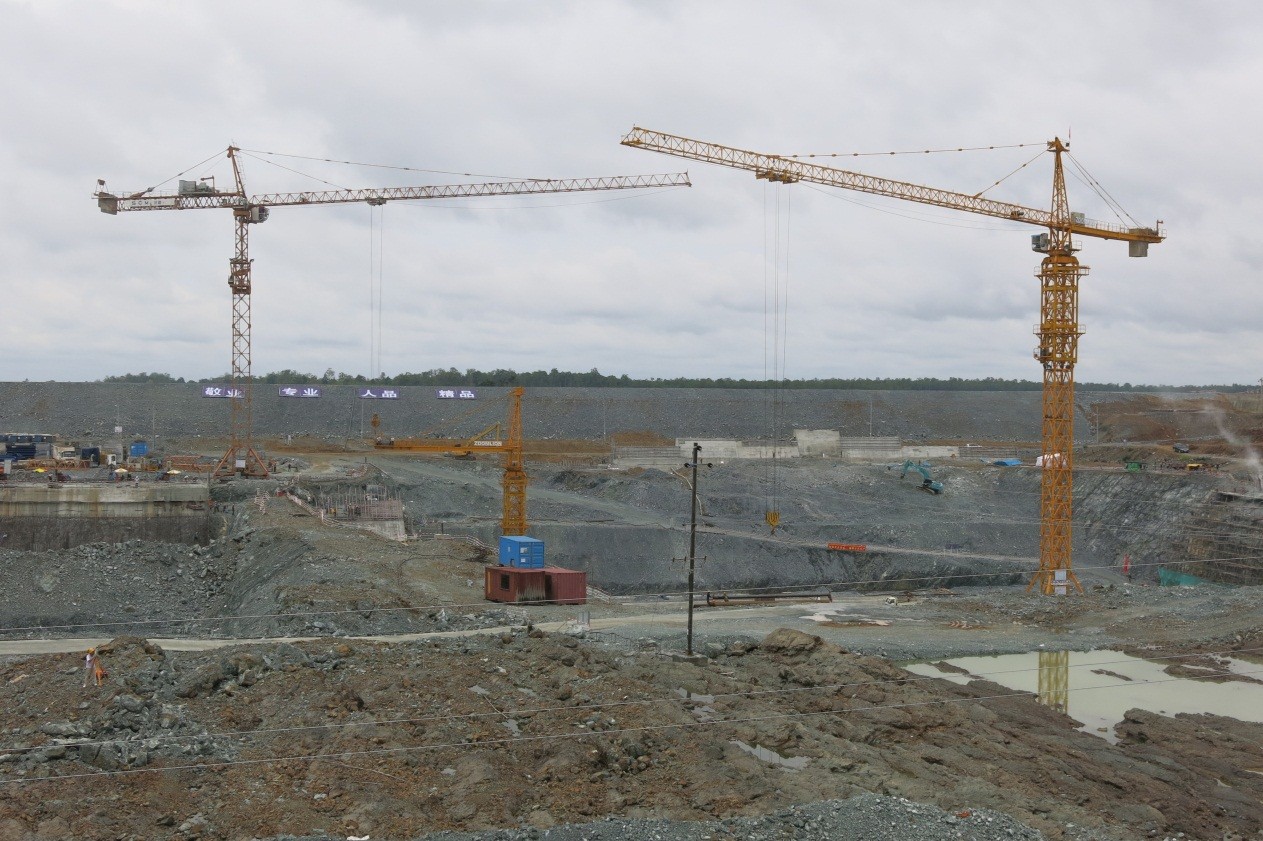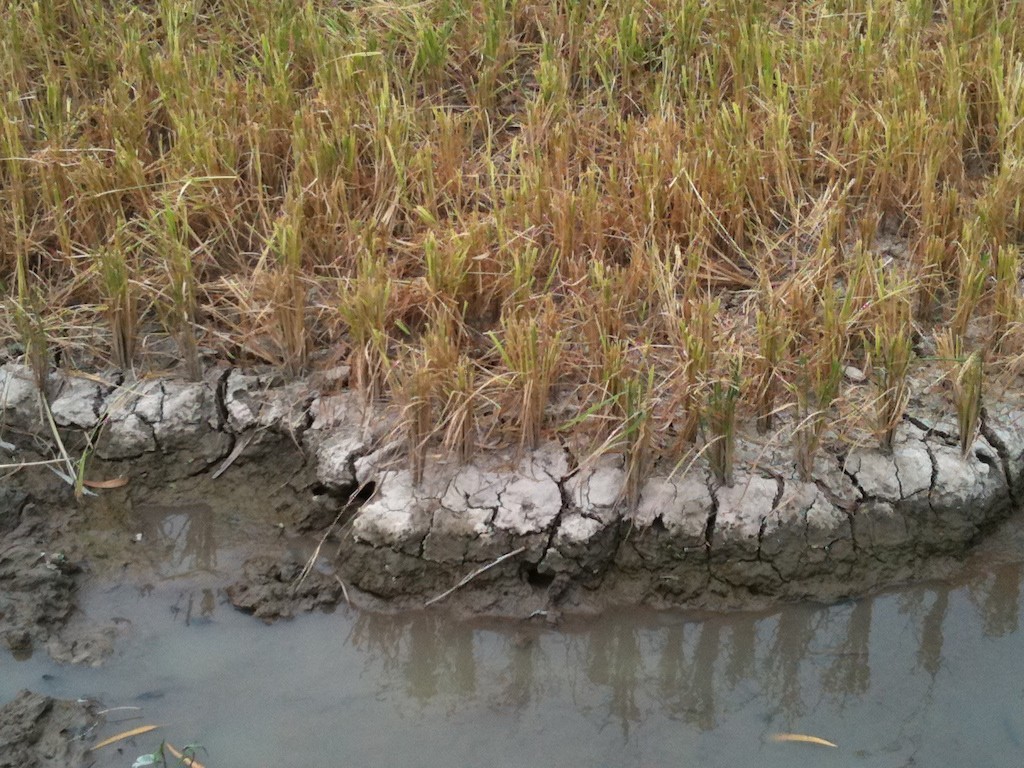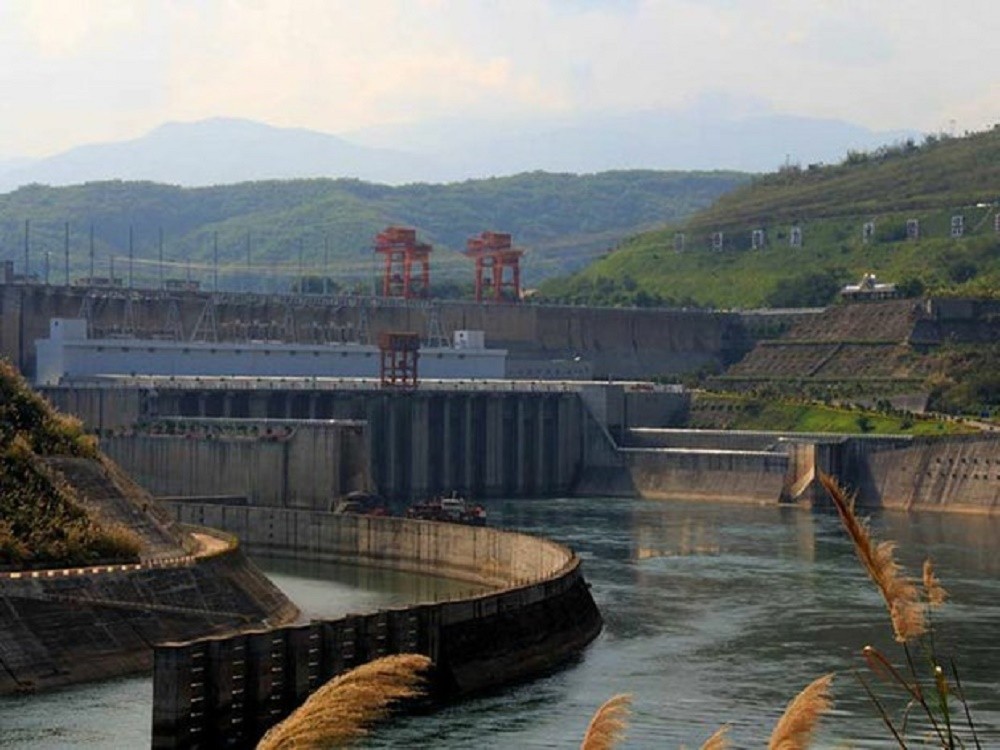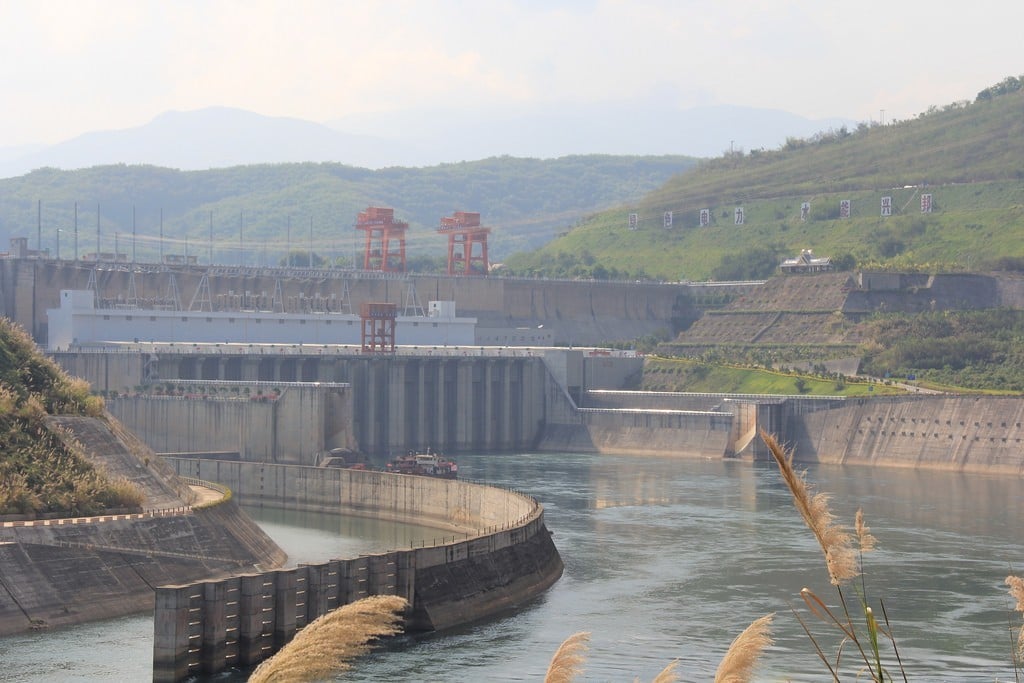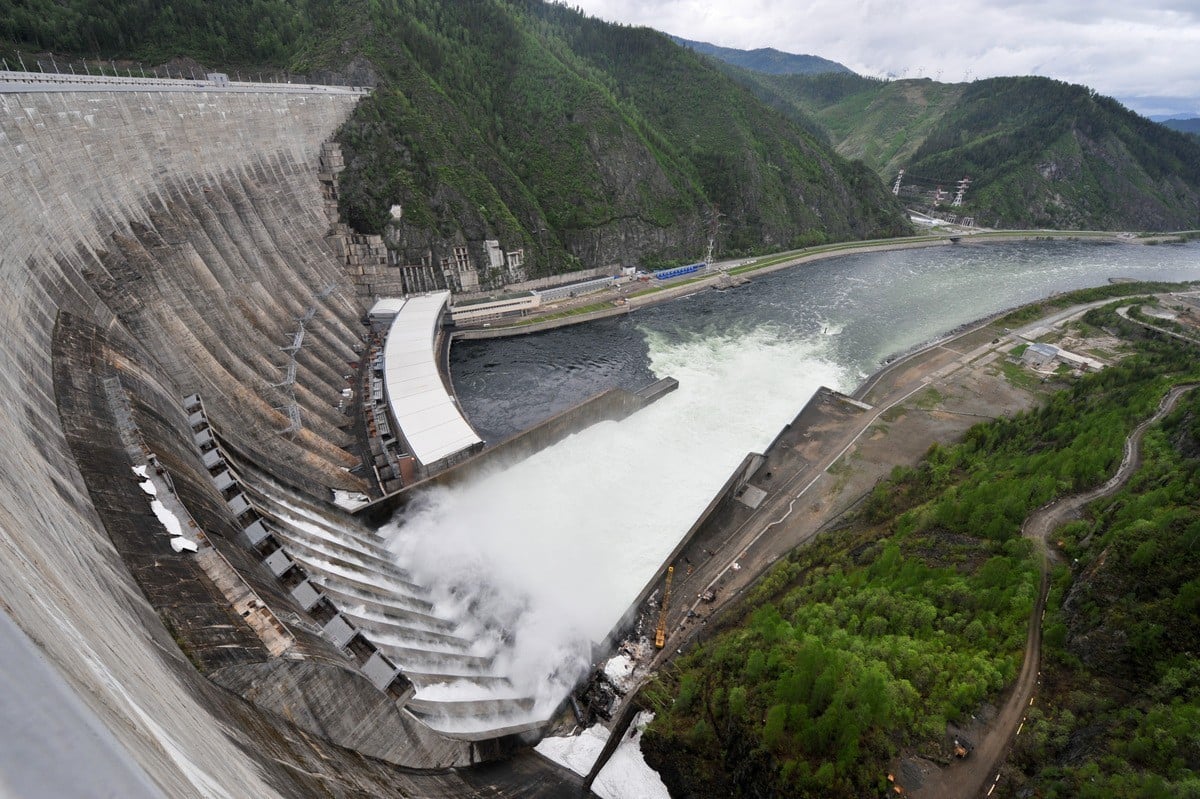One of the country’s top bankers is stressing the need for faster action to transform Thailand into a hub for CLMV countries (Cambodia, Laos, Myanmar and Vietnam).
Kevin Tan, CEO of HSBC Thailand, was speaking during an interview on Vietnam’s increasing attractiveness to foreign investors. Vietnam’s gross domestic product grew a whopping 797 per cent between 1995 and 2014, from US$20.74 billion to $186.2 billion. Thailand’s GDP growth was sluggish in comparison, rising from $169.28 billion to $404.8 billion over the same period.
And with big names like Intel, Apple and Samsung now showing interest in Vietnam, it seems the times are against Thailand.



